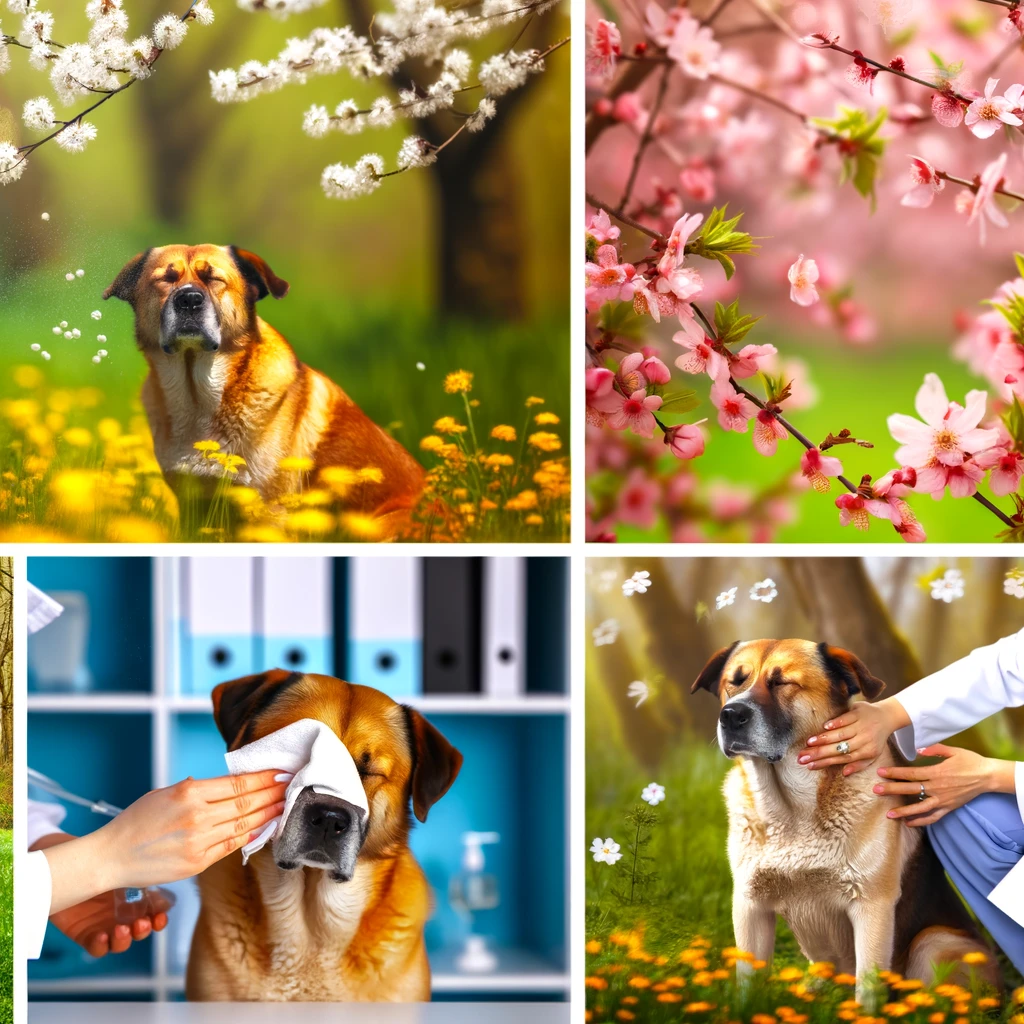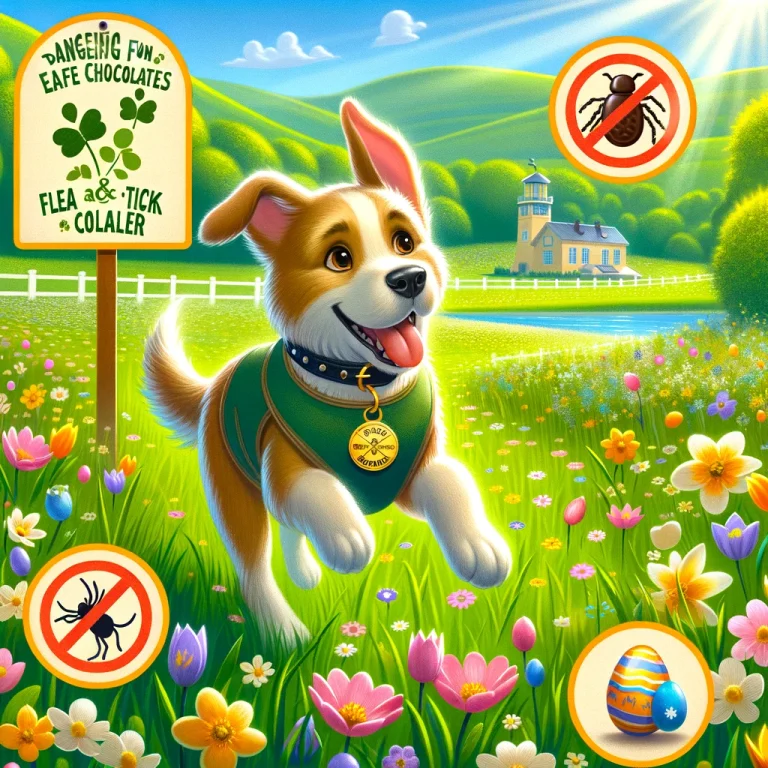Spring Allergies and Your Dog: How to Recognize and Manage Allergy Symptoms
As flowers bloom and pollen fills the air, many of us are familiar with the telltale signs of spring allergies in ourselves. However, what some pet owners may not realize is that dogs can suffer from seasonal allergies too. Just like humans, dogs can experience itching, sneezing, and other uncomfortable symptoms as a result of allergens in the environment. Here’s how to recognize and manage allergy symptoms in your canine companion this spring:
1. Recognize the Signs: Spring allergies in dogs can manifest in various ways, including:
- Excessive scratching or licking
- Red, inflamed skin
- Watery eyes
- Sneezing or coughing
- Ear infections or ear scratching
- Hair loss or hot spots
If you notice any of these symptoms in your dog, especially during the spring months when allergen levels are high, it’s essential to consider the possibility of seasonal allergies.
2. Visit Your Veterinarian: If you suspect that your dog is suffering from spring allergies, schedule a visit to your veterinarian for a proper diagnosis. Your vet can perform allergy testing to identify specific triggers and recommend an appropriate treatment plan.
3. Minimize Exposure to Allergens: While it’s impossible to completely avoid allergens like pollen, there are steps you can take to minimize your dog’s exposure:
- Limit outdoor activities during peak pollen times, such as early morning and late afternoon.
- Wipe your dog’s paws and fur with a damp cloth after outdoor walks to remove pollen.
- Keep windows closed and use air purifiers indoors to reduce allergens in the home.
- Bathe your dog regularly with a hypoallergenic shampoo to remove allergens from their skin and coat.
4. Consider Allergy Medications: Your veterinarian may prescribe allergy medications or antihistamines to help alleviate your dog’s symptoms. These medications can help reduce itching, inflammation, and other allergy-related discomfort.
5. Explore Allergy-Friendly Diets: In some cases, dietary changes can help manage allergies in dogs. Your vet may recommend a hypoallergenic or limited-ingredient diet to identify and eliminate potential food allergens.
6. Maintain Regular Grooming: Regular grooming is essential for dogs with allergies, as it helps remove pollen and other allergens from their coat. Brushing your dog frequently and keeping their fur trimmed can help reduce the amount of allergens they carry around.
7. Monitor for Secondary Infections: Allergies can weaken your dog’s immune system and make them more susceptible to secondary infections, such as bacterial or yeast infections in the skin or ears. Keep an eye out for signs of infection, such as foul odors or discharge, and seek veterinary care if necessary.
By recognizing the signs of spring allergies in your dog and taking proactive steps to manage their symptoms, you can help ensure that your furry friend stays happy, healthy, and comfortable throughout the season. If you have any concerns about your dog’s health or allergies, don’t hesitate to consult with your veterinarian for personalized advice and treatment options.







